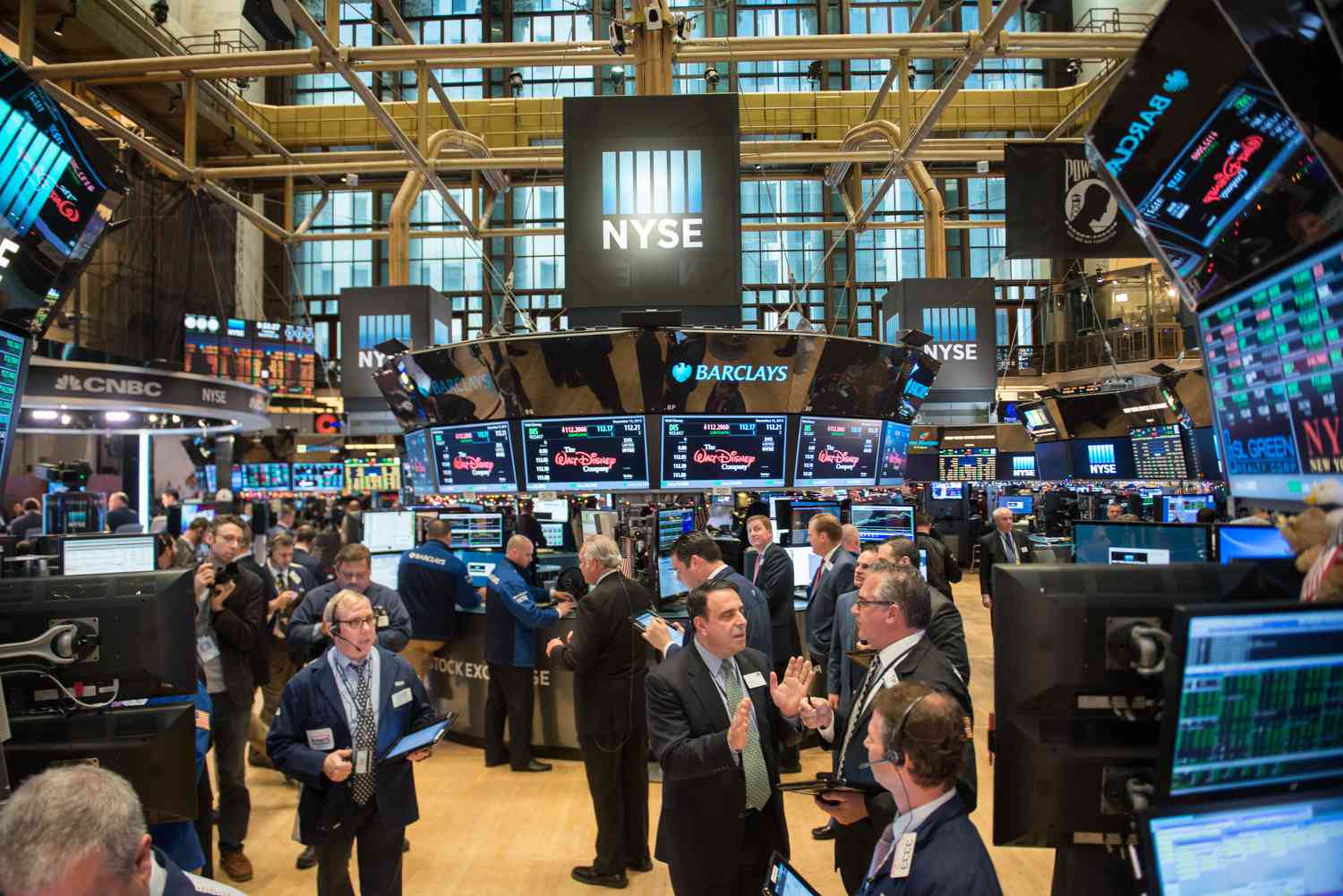
- Indices
- Stocks
Market closed lower after jobs data
Do you want to know how to make money from this?
Register for free and get expert advice, access to a training course and webinars.
Key points:
- The Dow Jones, S&P 500 and Nasdaq Composite indexes closed slightly lower.
- Strong employment data (272,000 new jobs) led to concerns that the Fed will delay rate cuts.
- Nvidia shares continued to decline, dropping the capitalization below $3 trillion.
Friday trading on Wall Street was marked by a slight decline in indices amid conflicting signals. On the one hand, the US employment data released was stronger than expected, indicating the resilience of the economy. On the other hand, the same factor has increased investor concerns about a later-than-expected interest rate cut by the Federal Reserve.
The Dow Jones Industrial Average closed down 0.22% at 38,798.99, having lost 87.18 points. The S&P 500 posted a more modest decline, falling 0.11% to 5,346.99, down 5.97 points. The Nasdaq Composite was the weakest of the major indexes, losing 0.23% to close at 17,133.13, down 39.99 points.
What did the May non-farm payrolls data show?
According to a report from the US Department of Labor, the country’s economy created 272,000 jobs in May, which significantly exceeded analysts’ forecasts of 185,000. The unemployment rate rose to 4%.
These unexpectedly strong labor market indicators, as well as accelerating annual wage growth, indicate its resilience. Therefore, given these data, the Fed is likely to postpone plans to cut rates in September.
Strong labor market and rising inflation. Despite the slowdown in the labor market in recent months, its current state is still positive for the economy. At the same time, faster than expected wage growth may lead to more persistent inflation, which, however, may be partially offset by rising unemployment.
Traders, according to CME FedWatch, now estimate the likelihood of a rate cut in September at only 56%. In the near future, investors will closely monitor US inflation data, as well as the results of the two-day Fed meeting, which ends on June 12.
American market reaction to statistical data
The S&P 500 fell and then recovered following the jobs report. The initial reaction reflected investor concerns that strong labor market data could prompt the Fed to delay rate cuts. However, investors later revised their position, believing that these data indicate the overall health of the economy.
As a result, the S&P 500 ended the day slightly lower, with the utilities, materials and communications sectors showing the worst performance. Shares of the financial and technology sectors, on the contrary, were among the leaders of growth.
At the end of the week, the S&P 500 and Nasdaq indices rose 1.32% and 2.38%, respectively, while the Dow Jones added 0.29%.
So-called meme shares of GameStop plunged 39% amid volatile trading that coincided with the influencer investor’s first “Roaring Kitty” livestream in three years. The company also announced a possible stock offering and a drop in quarterly revenue.
Nvidia shares continued their correction from the decline that began the previous day, and the company’s market capitalization fell below $3 trillion.
Trading volume on US exchanges was about 10.75 billion shares, below the average of 12.7 billion over the last 20 trading days.
Do you want to know
How to make money from the news
Register for free and get:
- Expert consultation;
- Access to the training course;
- Opportunity to participate in webinars

